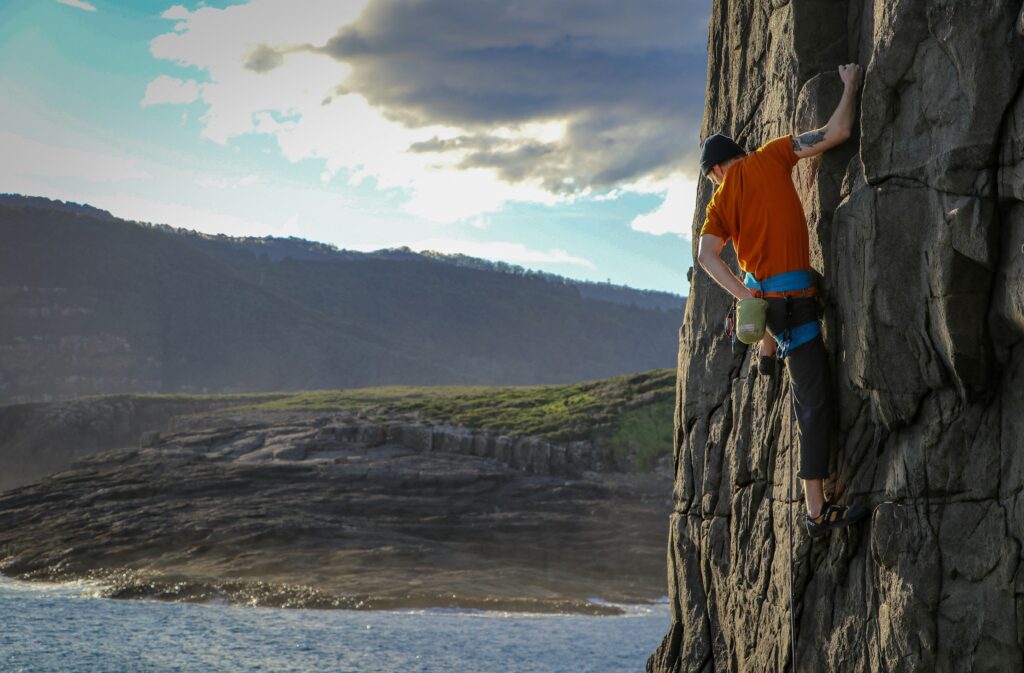
Embracing Uncertainty: How Outdoor Exploration Strengthens Adaptability
Your next outdoor adventure or nature-based vacation just might be the key to fixing your life. Here’s how.
Life keeps throwing curveballs. Job markets shift overnight, relationships evolve in unexpected ways, and global events no one saw coming force us all to pivot. Here’s what separates those who flourish from those who flounder: it’s not intellect or preparation alone. It’s the capacity to adjust when plans fall apart.
Research shows that participation in outdoor activities has potential for bolstering adolescents’ resilience to environmental stressors, including those associated with COVID-19. Adults benefit just as much. The outdoor exploration benefits you gain reach well past improved cardiovascular health.
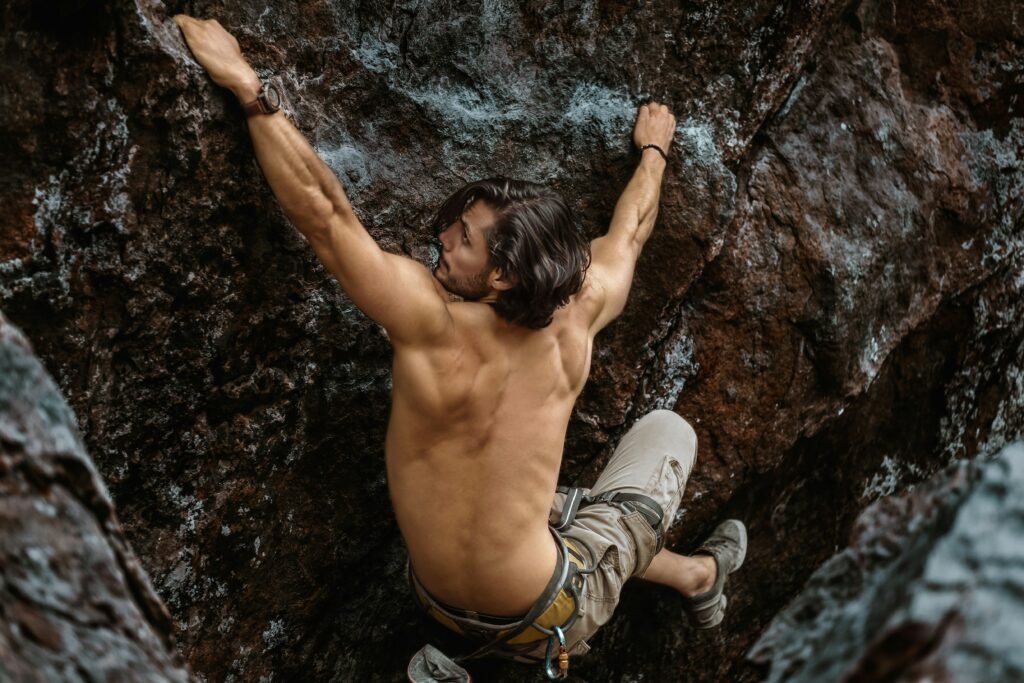
The Surprising Link Between Nature and Mental Flexibility
Something profound happens when you spend meaningful time in wild spaces. Your mental framework literally restructures itself. Navigate through unfamiliar terrain, and autopilot stops working, your brain has no choice but to engage fully.
How Unpredictable Environments Rewire Your Brain
Take Colorado’s landscape as an example. You’ll encounter alpine meadows one moment, then face exposed rocky summits the next. This diversity creates a natural laboratory for anyone ready to step outside familiar patterns. Weather systems roll through with little warning. Terrain shifts from gentle to technical without much transition. Anyone heading into Colorado’s backcountry quickly learns that constant awareness isn’t optional.
Organizations have caught on to this transformative power. Colorado corporate retreats centered around outdoor challenges have surged in popularity precisely because they deliver results. Companies report that teams returning from these experiences demonstrate sharper problem-solving abilities and communicate with greater clarity. The wilderness teaches lessons that conference rooms simply can’t replicate.
The relationship between wilderness immersion and adaptability skills goes deeper than surface-level benefits. Neuroplasticity, your brain’s remarkable ability to forge fresh neural connections, accelerates dramatically when you face novel outdoor scenarios. Every new trail, every weather surprise, and every moment spent reading topographic features strengthens cognitive flexibility in measurable ways.

The Psychology of Calculated Outdoor Risk
Smart risk-taking in natural settings provides a masterclass in real-world decision-making. Consider rock climbing. You’re constantly weighing personal capabilities against environmental variables. Each move requires pressure-laden decisions, yet you’re operating within manageable boundaries.P
This isn’t advocating for recklessness. Rather, it’s about discovering where your limits actually lie and then methodically expanding them. People who consistently engage in outdoor activities for resilience handle workplace pressure with notable more composure. Why? Their stress response systems have been trained through repeated exposure to challenges they can control and learn from.
Grasping how nature affects neuroplasticity illuminates why outdoor exploration benefits extend into every corner of your life, fundamentally altering how you metabolize uncertainty and navigate change.
Practical Ways to Build Resilience Through Nature
You don’t need epic expeditions or a garage full of expensive equipment. Modest, regular exposure to natural environments can dramatically boost your capacity for handling the unexpected.
Starting Small: Local Adventures That Build Confidence
Mountain summits aren’t prerequisites for developing adaptability skills. Begin with what’s nearby. Even a modest park with multiple trail options gives you chances to practice navigation and choice-making under mild pressure. Leave your phone behind for sixty minutes. Rely exclusively on trail markers and instinct.
Day hikes with deliberate challenges work remarkably well. Choose routes you’ve never explored. Carry a physical map rather than defaulting to GPS. Notice how differently your mind operates when you can’t instantly check directions on a screen.
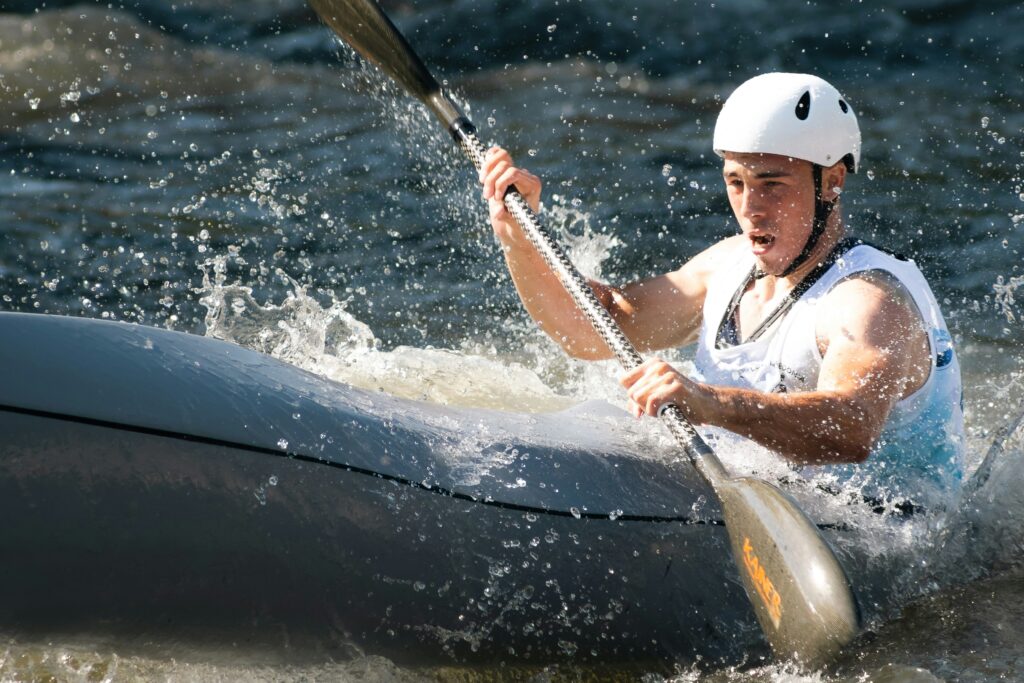
Water-Based Activities for Quick Thinking
Rivers and lakes present continuously evolving conditions that force real-time adaptation. Stand-up paddleboarding demands perpetual balance adjustments as waves, wind, and current shift beneath you. Your entire system, body and mind, learns fluid responsiveness to environmental flux.
Kayaking amplifies this learning. You’re reading water currents, predicting obstacles before they arrive, and modifying your approach second by second. These activities train rapid information processing and strategic flexibility. The capacities you develop transfer seamlessly to building adaptability through adventure in professional and personal contexts.
Water experiences teach presence and responsiveness rather than rigid adherence to predetermined plans. That’s the essence of what embracing uncertainty demands when you’re navigating daily life.
Measuring Your Growth: Tracking Adaptability Development
Evidence suggests that regular participation in adventure activities can transform individuals and encourage them to adopt an adventurous, active, and nature-oriented lifestyle with good levels of sustained eudaimonic well-being. But how do you actually know whether your outdoor practice is making you more adaptable?
Simple Self-Assessment Tools
Maintain a brief journal after outdoor experiences. Document situations requiring plan adjustments, your emotional state during those moments, and insights gained. Patterns in how you respond to uncertainty will emerge over weeks and months.
Monitor your recovery time. How quickly do you bounce back after physical demands? Recovery speed often mirrors mental adaptability. Improvements in physical recovery typically signal parallel growth in psychological resilience.
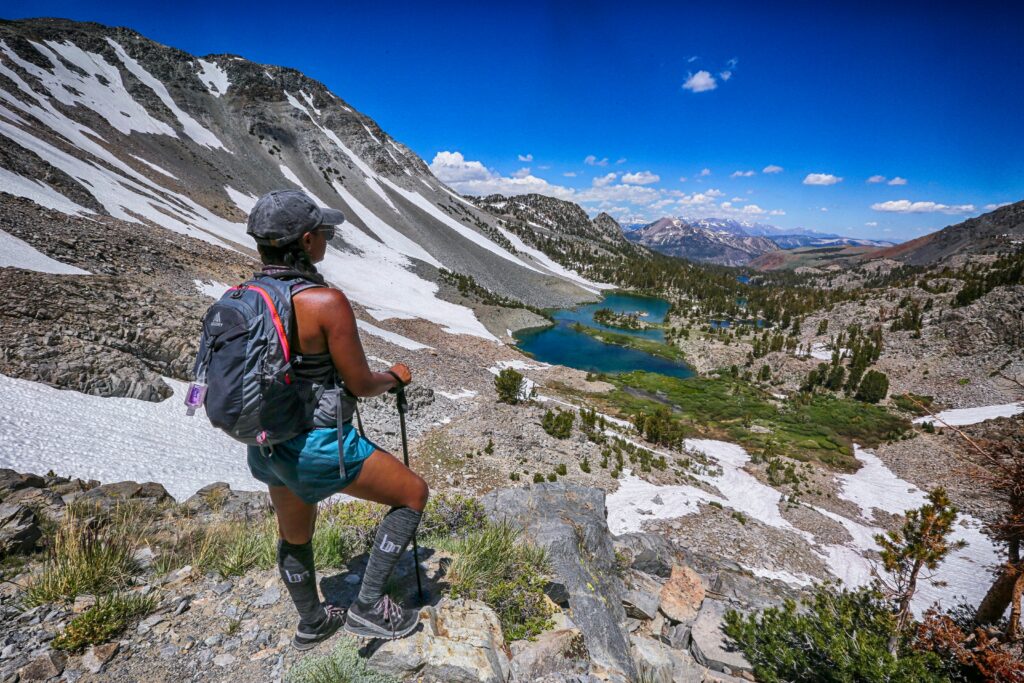
Behavioral Changes in Everyday Situations
The authentic test arrives when you’re back in regular routines. Do canceled meetings trigger less stress? Can you pivot more gracefully when project parameters shift? These incremental changes indicate your outdoor exploration benefits are becoming integrated.
Observe shifts in your professional problem-solving approach. People who regularly practice embracing uncertainty in natural environments frequently find themselves proposing more creative solutions and feeling less frozen when facing ambiguous situations.
Relationship dynamics might evolve, too. Communication skills honed during group outdoor challenges, clear expression of needs, and better listening under pressure naturally migrate into personal interactions.
Creating Your Personal Outdoor Practice
The Four-Season Approach
Each season offers distinct opportunities for developing different facets of adaptability skills. Spring’s volatile weather teaches multi-scenario preparation. Summer’s heat management builds physical resilience. Fall’s rapid condition changes heighten situational awareness. Winter demands completely different mental frameworks and skill sets.
Rotating activities seasonally prevents staleness while ensuring comprehensive development. You’re not endlessly repeating comfortable experiences. Instead, you’re consistently encountering new challenge types that stretch varied mental and physical capacities.
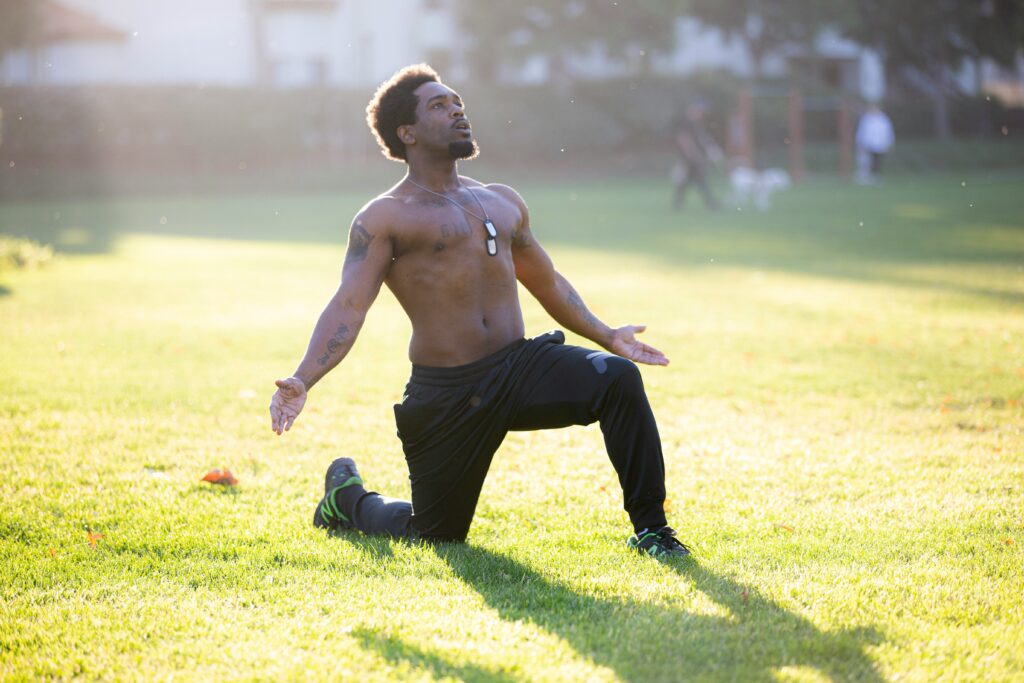
Solo Versus Group Experiences
Both individual and social outdoor time serve essential functions. Solo adventures force complete reliance on your own judgment and resourcefulness. No one else is available to defer to or shoulder blame when complications arise.
Group outings cultivate different competencies. You practice communication, compromise, and collaborative problem-solving. Learning to trust others’ assessments while advocating for your own perspective is fundamental to building adaptability through adventure and translates directly into team settings.
Urban Integration Strategies
City residents can absolutely access outdoor activities for resilience without lengthy drives. Urban trail running, rooftop stargazing, and early morning park visits—all count. The essential element isn’t wilderness isolation. It’s consistent exposure to less-controlled, more dynamic environments than typical indoor spaces.
Even a twenty-minute walk through nearby green space during lunch breaks provides measurable benefits. Consistency and intentionality matter more than extreme adventure.
Common Obstacles and Realistic Solutions
Time Constraints Reality Check
Everyone’s busy. But “no time” frequently translates to “not currently prioritized.” Could you wake thirty minutes earlier twice weekly for sunrise walks? Could one hour of weekend screen time become outdoor exploration time? Start absurdly small if necessary. Ten minutes in a nearby park absolutely counts. Those minutes accumulate, and crucially, they establish habit foundations you can expand later.
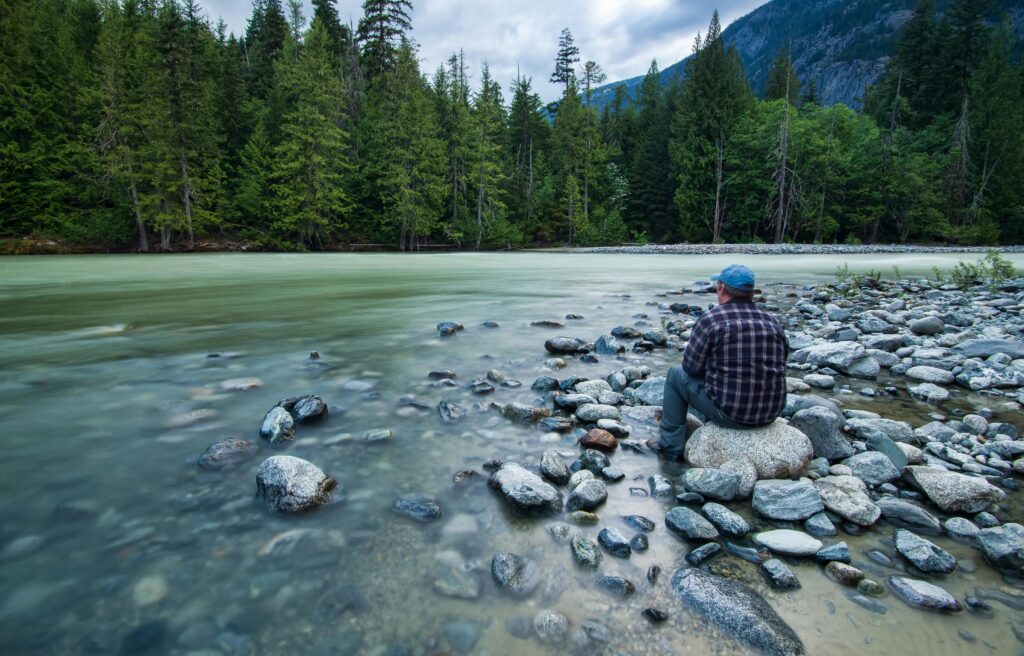
Addressing Physical Limitations
Not everyone can tackle mountain trails. That’s perfectly fine. Adaptive outdoor programs exist for various physical capabilities. Many parks feature accessible trails. Nature observation, outdoor photography, and gentle walks all deliver benefits.
Athletic achievement isn’t the objective; exposure to dynamic, less predictable environments that challenge habitual patterns is. That happens at any fitness level.
Outdoor Adaptability Skills Comparison
| Skill Type | Indoor Development | Outdoor Development | Long-Term Impact |
| Decision-Making Speed | Simulations, role-play exercises | Real-time response to weather, terrain changes | 40% faster problem-solving in workplace scenarios |
| Stress Management | Meditation apps, breathing exercises | Physical challenges with natural recovery periods | 60% reduction in anxiety during high-pressure situations |
| Creative Problem-Solving | Brainstorming sessions, workshops | Resource constraints, equipment failures in nature | 35% increase in innovative solutions proposed |
| Team Communication | Meeting protocols, communication training | Life-dependent coordination during outdoor challenges | 50% improvement in cross-functional collaboration |
| Emotional Regulation | Therapy, journaling | Extended exposure to discomfort with natural rewards | 45% better emotional control during conflicts |
Final Thoughts on Nature’s Adaptability Training
Wilderness doesn’t accommodate your plans. Rivers flood trails without apology, weather systems shift on a whim, and equipment fails at precisely the wrong moment. That’s exactly why outdoor exploration benefits include such substantial adaptability development. You cannot control nature, so you learn to work with uncertainty rather than battling against it.
Embracing uncertainty through outdoor experiences isn’t about eliminating fear or pursuing recklessness. It’s about building confidence in your capacity to handle whatever emerges, trusting your problem-solving abilities, and maintaining flexibility when circumstances shift. These aren’t merely useful skills for hiking; they’re essential competencies for thriving in our increasingly volatile world. Start small, maintain consistency, and watch those trial lessons transform your entire approach to life’s challenges.
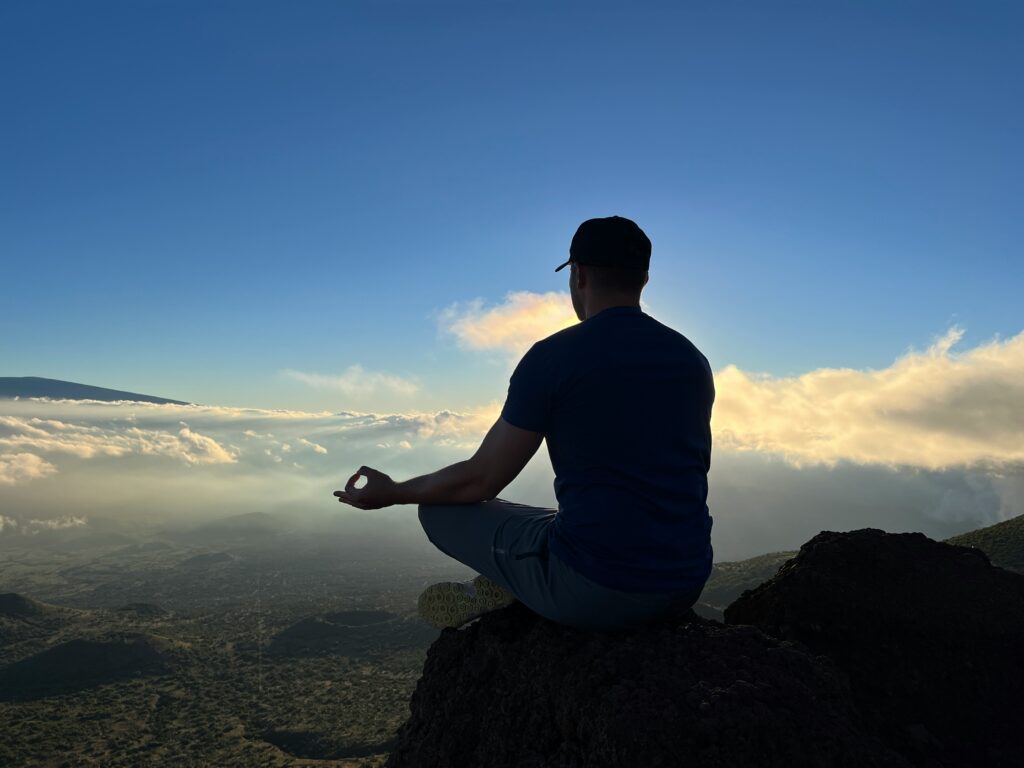
FAQs on Outdoor Exploration and Adaptability
- How quickly can I expect to see improvements in my adaptability from outdoor activities?
Most people notice subtle shifts within four to six weeks of consistent outdoor exposure, roughly twice weekly. Improved stress responses typically appear first, followed by enhanced decision-making under pressure. Major behavioral changes generally surface after three to four months of regular practice.
- Do I need to do extreme activities to develop adaptability through nature?
Definitely not. While challenging activities can accelerate growth, even gentle nature walks provide substantial benefits. Critical factors are consistency, intentionality, and gradually pushing beyond your comfort zone. Weekly moderately challenging hikes outperform monthly extreme adventures for building sustainable adaptability skills.
- Can virtual or simulated outdoor experiences provide similar benefits?
Virtual reality and indoor climbing offer certain advantages, but they cannot replicate nature’s genuine unpredictability. Real outdoor environments provide sensory richness, authentic consequences, and true uncertainty that simulations struggle to match. Use virtual tools as supplements rather than substitutes for actual outdoor time.




